
 By Natali Moss
By Natali Moss
Among them was journalist Anton Krushelnytsky, who gathered for NV the stories of Izium about the most difficult months of Russian occupation and visited the scene of the victims of shelling and torture of the so -called army of the Russian Federation. Video of the Day *** Those who have had to be in hostilities or natural disasters with many dead know this terrible smell that you do not confuse with anything - the stench of death that seems to stick to your clothes and seeps into your body.
In memory, this smell is etched, stored for days, it pursues thoughts. It is this smell that attacks you on an open forest lawn on the outskirts of Izium - one of the largest cities liberated from the Russian occupation by Ukrainian troops during a striking counter -offensive in the northeast of the country.
The locals took Ukrainian soldiers and police officers to many freshly visited graves, where the victims of the Kremlin aggression were buried - since early in the spring, Russian troops were siege, mercilessly firing it. Then they occupied the city before leaving it in a rapid escape when Ukrainian troops went on the offensive last week.
Sergiy Bolvinov, the head of the police investigative department of Kharkiv region, reported that law enforcement officers found 445 graves marked with separate crosses, each of which had at least one body. In view of all, these were mostly civilian men, women and children killed by Russian artillery shelling and air strikes when the invaders fought for control of raisins.
However, he said there were mass burials: excavations have just begun, finding the bodies of Ukrainian soldiers, some of them with traces of death torture. Bolvinov pointed to the corpse of a man with his hands tied behind his back, pulled from the mass grave: “We view this as proof of torture.
Each examination is recorded on the video, and you can see that there are two forensic experts, as well as representatives of investigative and prosecutorial groups created by the Office of the Prosecutor General for the investigation of military crimes, when removing each body. " Other bodies had yellow-blue ribbons around the wrist-the colors of the National Flag of Ukraine.
Bolvinov reported that the bodies will be delivered to Kharkiv's morgues for a full autopsy, and its results will be transferred to international investigators from the UN and other organizations so that they can be used in probable lawsuits on war crimes. The place of exhumation was visited by [former] MP of Ukraine, the Verkhovna Rada Commissioner for Human Rights Dmitry Lubinets.
He stated that all the dead were victims of Kremlin aggression - regardless of whether they were killed as a result of shelling or torture. The horrific revelations were a reminder of atrocities found in such cities near Kiev as Bucha and Irpin, which were under Russian occupation last spring. Lubinets warned that the Ukrainian authorities already have information about other burial places probably executed victims in other parts of recently liberated territories.
He predicts that there will be a lot of such places. [Izium resident] Maxim said that with the arrival of Russian invaders was forced to stay in the city to take care of the old mother. For most of the occupation, he was able to avoid contact with the invaders. However, on September 3, the Russian military took him to the basement, where he was repeatedly beaten with other prisoners and tortured something like an electric shot.
Maxim described this device as "an apparatus similar to an old -fashioned phone with a handle, whose rotation led to electric shock. " "The faster they turned, the stronger the blow was the current," he says. "They carried out electric torture in the chambers where the light was switched off, so it was quite dark, and they" worked "in the light of lights on the helmets. Electrodes were attached to my hands, and my whole body was trembling with pain and blows, ”the man says.
Those who tortured him demanded that Maxim name other people who sympathized with the authorities of Ukraine, but he refused. 50-year-old Maxim explained that he came to the place of mass burial because he wanted to tell reporters about torture the Russians. He showed how tightly the bumps and shackles on his feet, which he was forced to wear during captivity, crashed deep into his body. He was released when the Ukrainian forces approached Izium.
Later, Maxim returned to the house where he was tortured, and found that his abductors were left "electric shover" when the head was fleeing from Izium. Maxim handed over the apparatus to the Ukrainian authorities and hopes that it will be used as evidence against Russians in international lawsuits on war crimes. The victims, who told about identical torture by electric current, declared themselves in other areas of Kharkiv region, from where Russian occupation forces recently fled.
Another person at the burial site was 70-year-old Anatoly Garhary, who introduced himself to a professional photographer who has been a blogger for many years and posted his works and reports about local news on a YouTube channel. He said that on May 28 he was arrested by the Russians. The man was noticed when he shot a video through the window of his apartment in the village of Savinetsy northwest of Izium. “I was taken to prison in Balakliya and kept in an underground chamber.
We were 40 people, and I saw about 50 other prisoners who passed by. We also heard people shouting when they were tortured, ”Garhaty says. He says he was tortured with the same device as Maxim. "They wanted to declare the Government of Ukraine on my youtube channel and stated that our troops had done it, and the Russians were good guys and their power should be welcomed," the man says. - I disagreed that I had been more angry. I was beaten even more and used torture.
In a few days, they realized that I was not going to give up, but they kept my captivity for 100 days, until suddenly we were released by our warriors, and the invaders fled last Sunday [September 11]. " Anatoly said: “The Russians come here and call us the Nazis, but it is Vladimir Putin who behaves as a Nazi. Hitler would be proud of them.
" Anatoly was released after the sudden offensive of the Ukrainian troops, initially focused on the seizure of a small area of Russia occupied by Russia in Kharkiv region, quickly gained a momentum and turned a defeat for Moscow soldiers.
The Ukrainian forces conquered large sections of the territory, liberating more than 150,000 of their fellow citizens and pushing some of the occupation forces back to the border with Russia, which they crossed at the beginning of the invasion of February 24. Raisin, which is an important railway and transport unit, was vital for the supply of Russian troops not only in the Kharkiv region but also to the south.
One of the most important highways of Ukraine is passed [through it] from Kharkiv to Kramatorsk and Slavyansk Donetsk region. This is the heart of the Eastern Front and the Donbass (Lugansk and Donetsk regions), which the Kremlin leader Vladimir Putin promised to capture. Fierce fighting was beginning to start the Russian invasion. Moscow seized most of the Luhansk region and succeeded in the Donetsk region due to the huge advantage in the number of artillery tools.
However, modern and accurate artillery and missile systems provided by the West have allowed Ukraine to stop Russia's promotion and begin counter -attacks. The scale of the defeat of the Russians in the Kharkiv region became obvious also for the burned tanks with towers and other broken armored vehicles and military vehicles scattered along the 75-mile [140 km] from Kharkiv to Izium.
And the chaos of their retreat is evidenced by a huge amount of Russian armored vehicles, trucks, towed artillery, and incredible ammunition reserves to them, which were thrown intact. The Ukrainians said they even found laptops with super -secret ciphers thrown by the Russians. Russian technology, often much more modern than Ukrainian tanks, mainly the Soviet era, recognized by the letter "Z", applied to it.
It was now painted with aerosol paint and replaced with a white Ukrainian cross, and the equipment was sent to other areas of Kharkiv region, as well as to the east and south of the country, where the Ukrainian forces are trying to reject their enemy as much as possible before the winter frozen the front line. Izyuma residents believe that many dead, buried in forest graves, died as a result of collapse of two residential buildings after fierce shelling of Russian artillery last spring.
73-year-old Valentina Ivanovna said that she and her girlfriend Nadiya lived in an apartment, which also suffered from shelling, which causes four residents to be injured. Then they lived in the basement. "We are Ukrainians, so we always have food reserves and pickles," she says. - there were terrible battles here, shells flew on all sides. They used hail. During the Russian shelling, two multi -storey buildings fell like card houses. Whole families were destroyed.
In the following days, our firefighters pulled about 400 men, women and children. ” Valentina also said: “When the Russians first entered [raisins], they moved endless columns of tanks and armored personnel carriers. They continued to call themselves brotherly people. What a brother people there! We could never imagine what an invasion would happen, ”the woman says. - We tried to contact Russian soldiers at least. They were very young, some 18, completely children.
According to them, they were told that they were going to training and they did not know that they were being sent to the war. " Valentine's voice overwhelm emotions when she describes her feelings, seeing the first Ukrainian soldiers who entered Izium: “We were so happy that the Russians went away and the raisin became Ukrainian again. Many people were crying - and I cried.
" Many inhabitants, including men of conscript age, left raisins before the arrival of the Russians, and the pre -war population of the city, which was about 50,000 people, decreased to about 12,000 people, with most of the elderly. There is currently no gas, electricity and water in the city.
Evdokia - an elderly woman whose apartment burned from the shelling of the Russians - conducts a wide gesture, pointing to the devastation around: "landscape" from the ruins where the houses were previously stood - including multi -storey; Charged skeletons, shops and banks on Izium Street. She says in a bitter tone: “Russians, bastards, why did they come here to our Ukraine? They destroyed everything. They said they came to release us.
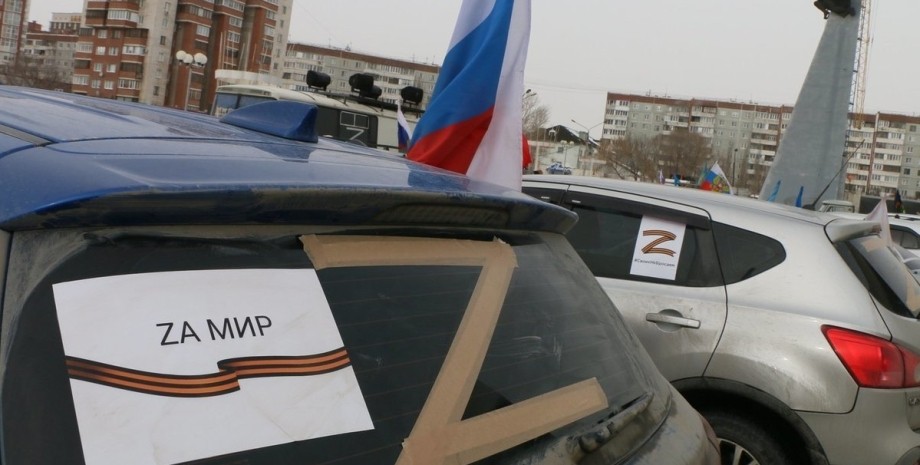

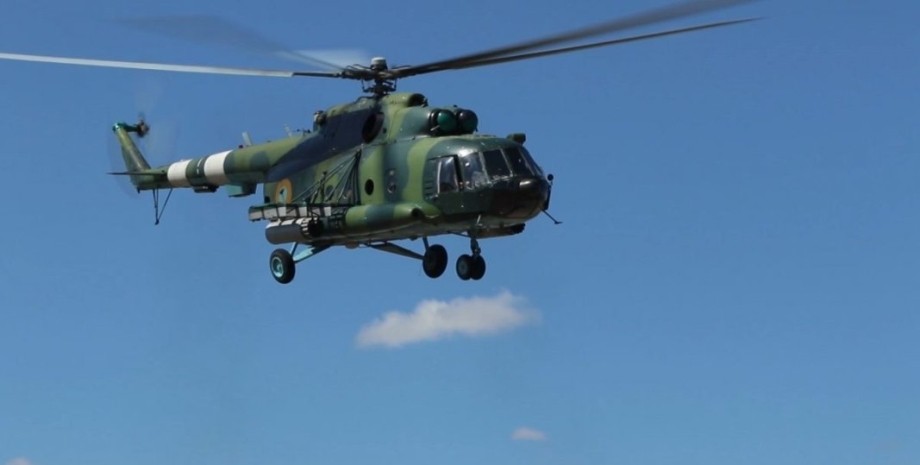


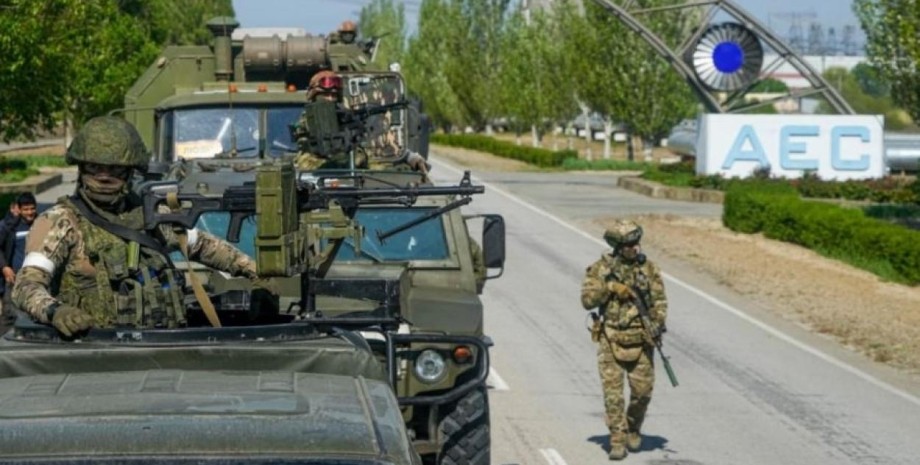

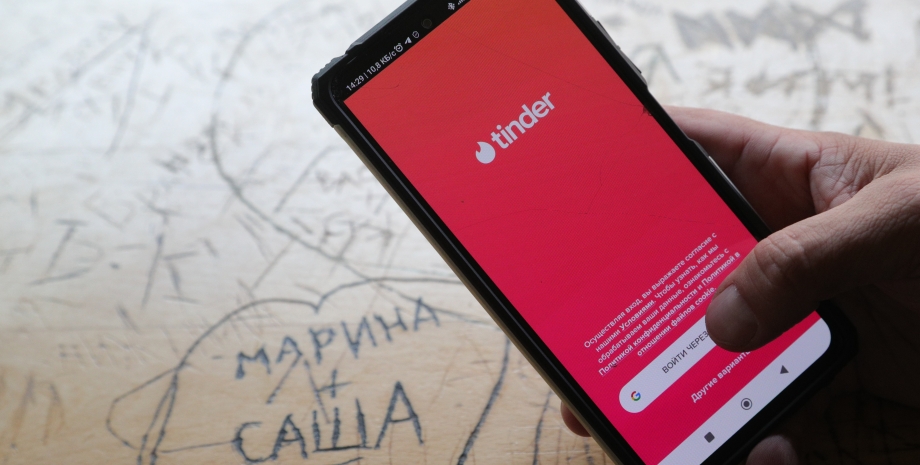
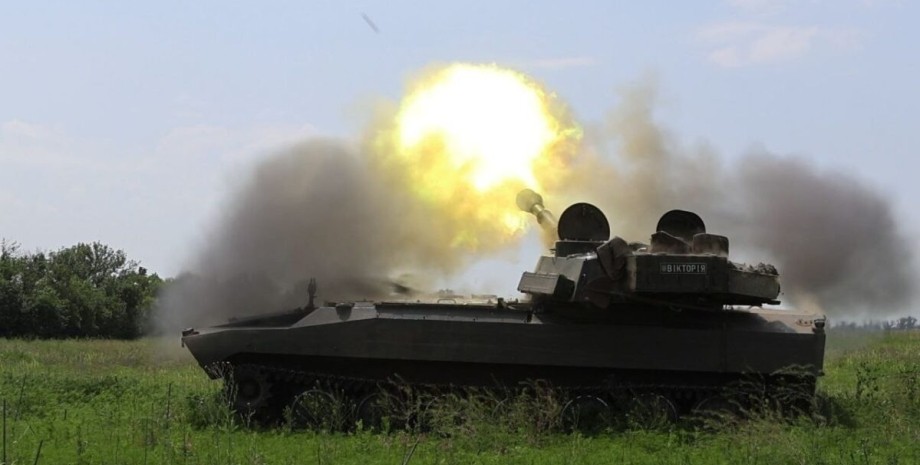










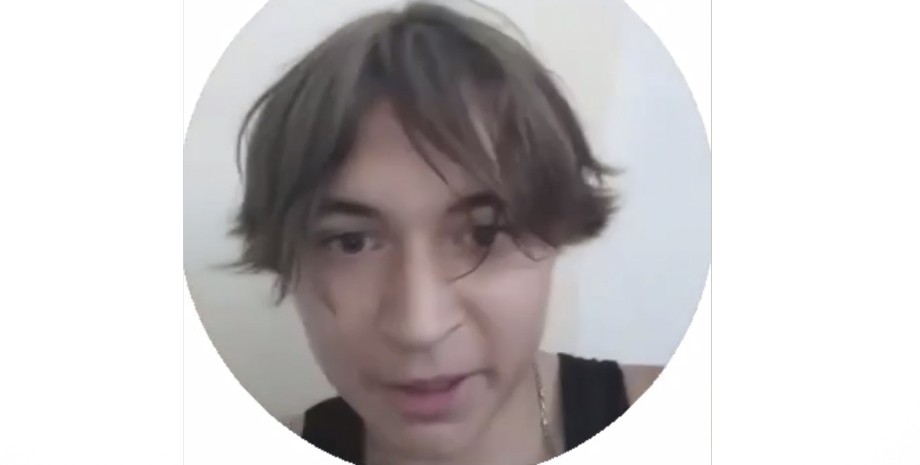
Všetky práva vyhradené IN-Ukraine.info - 2022